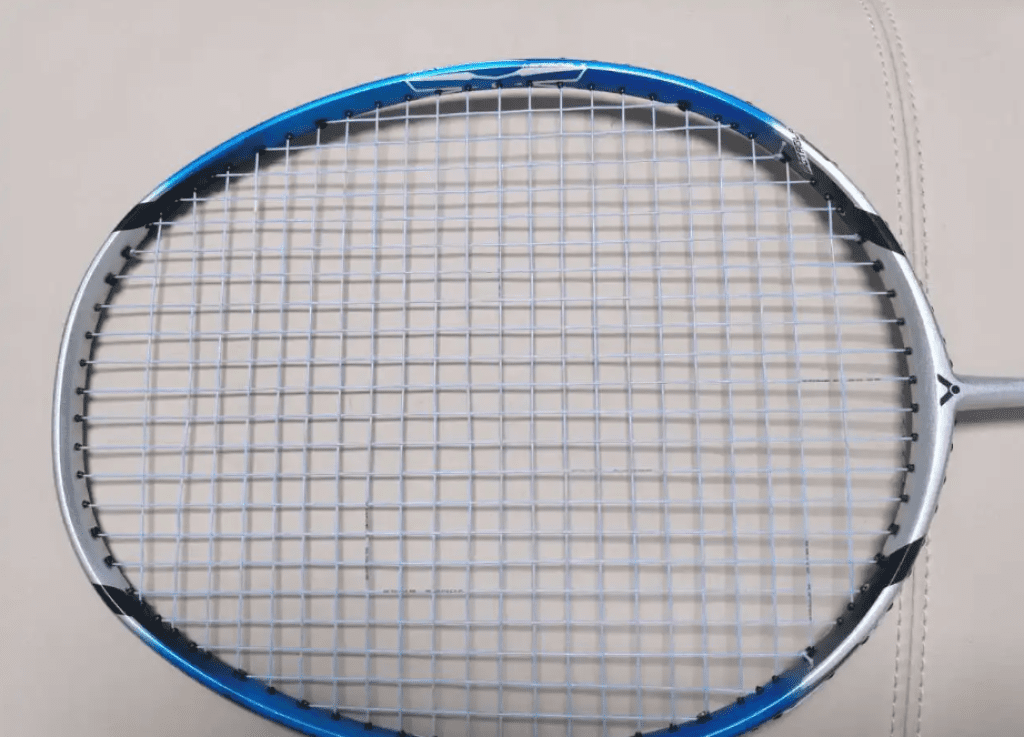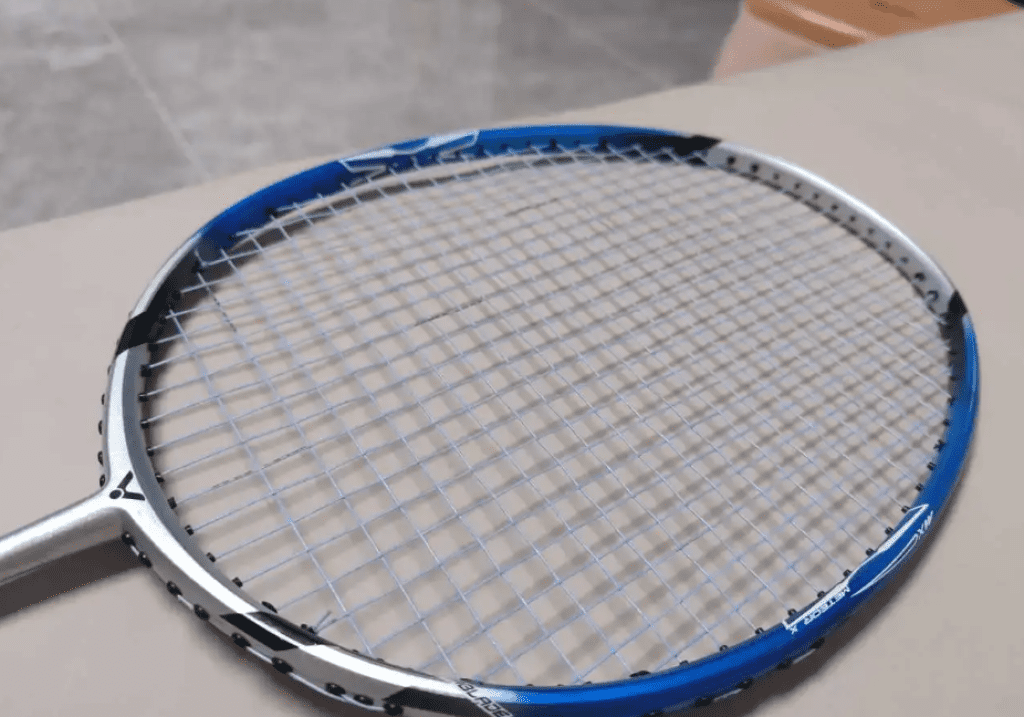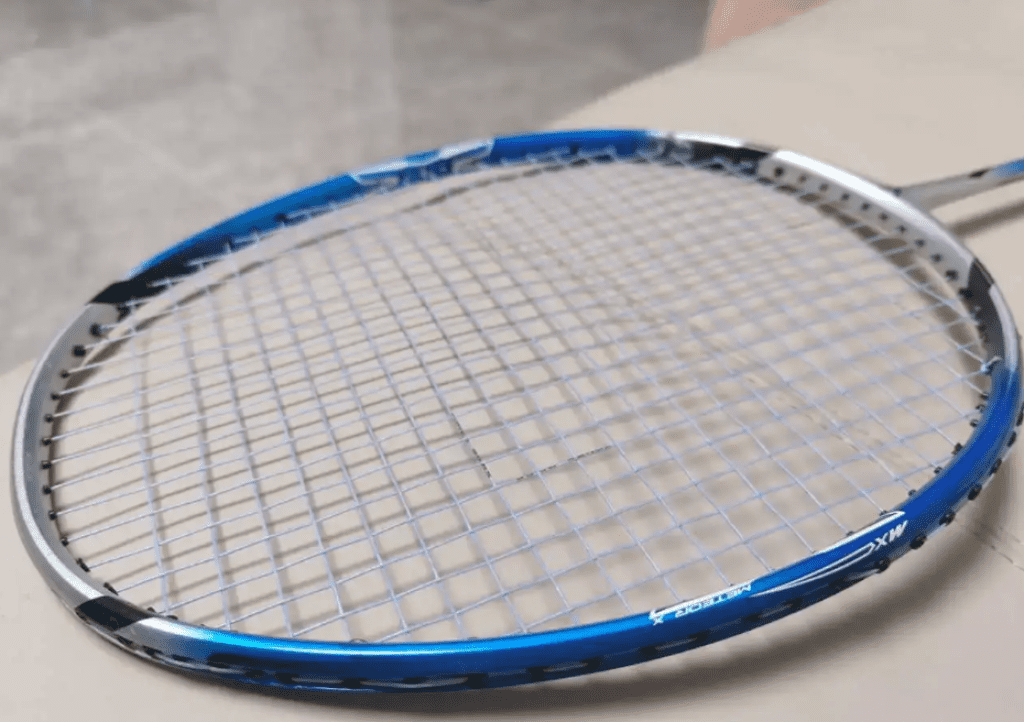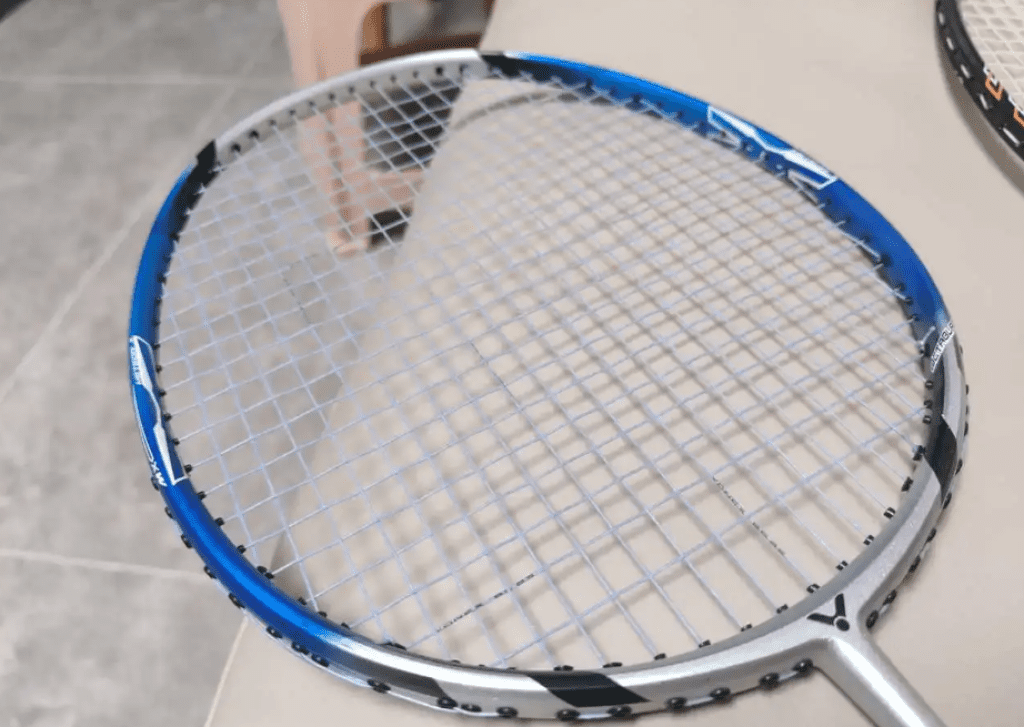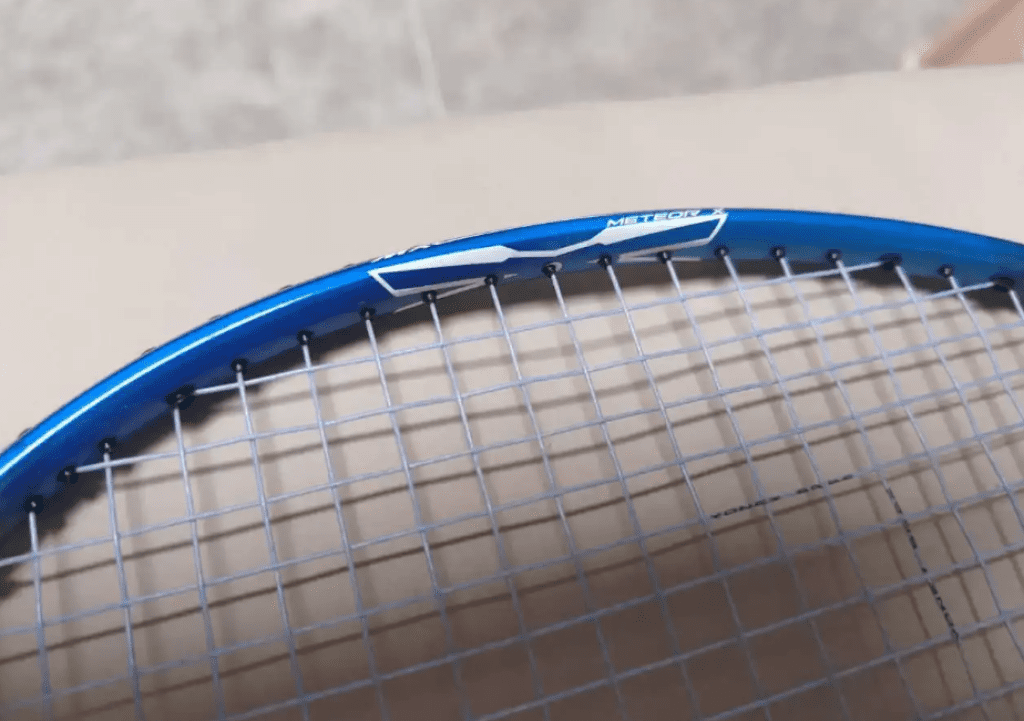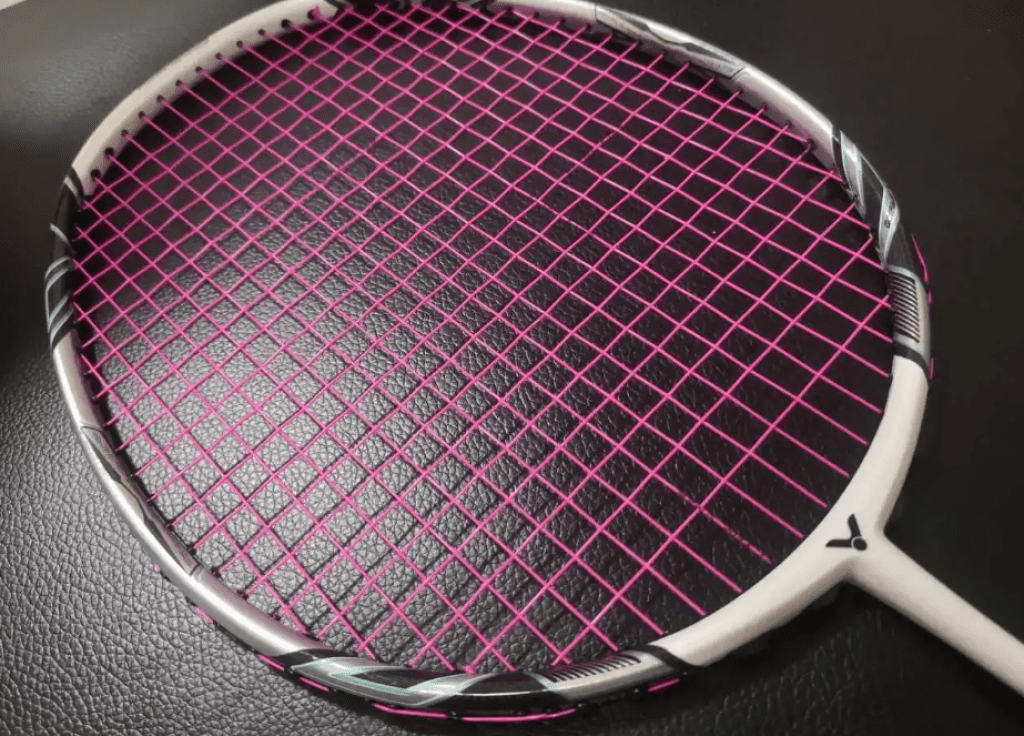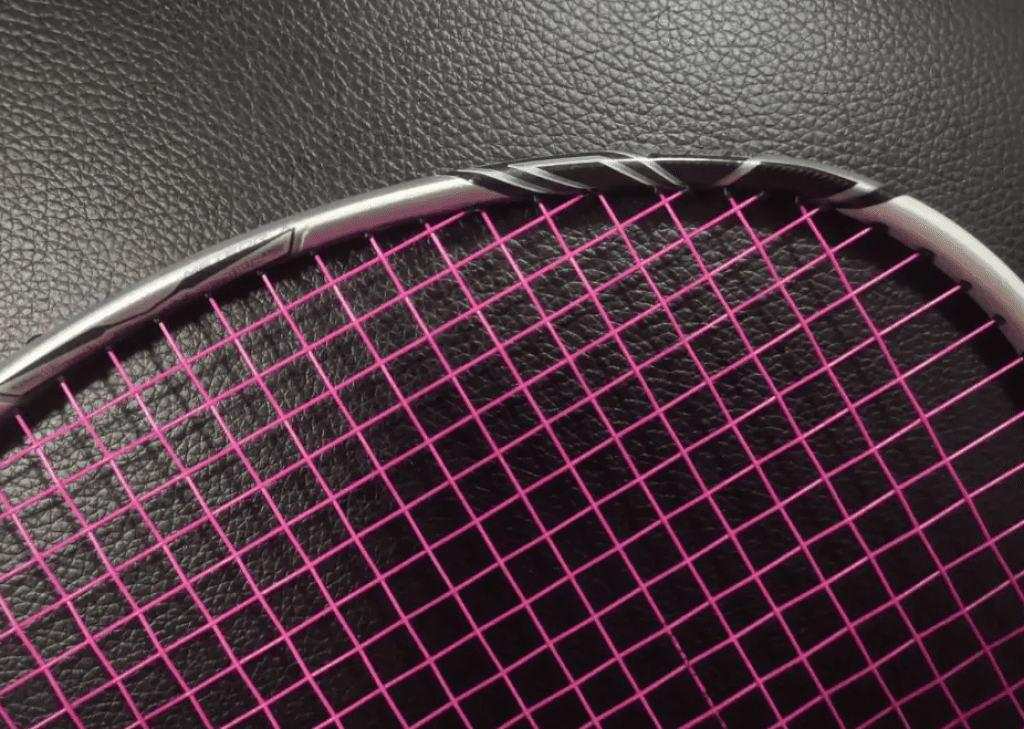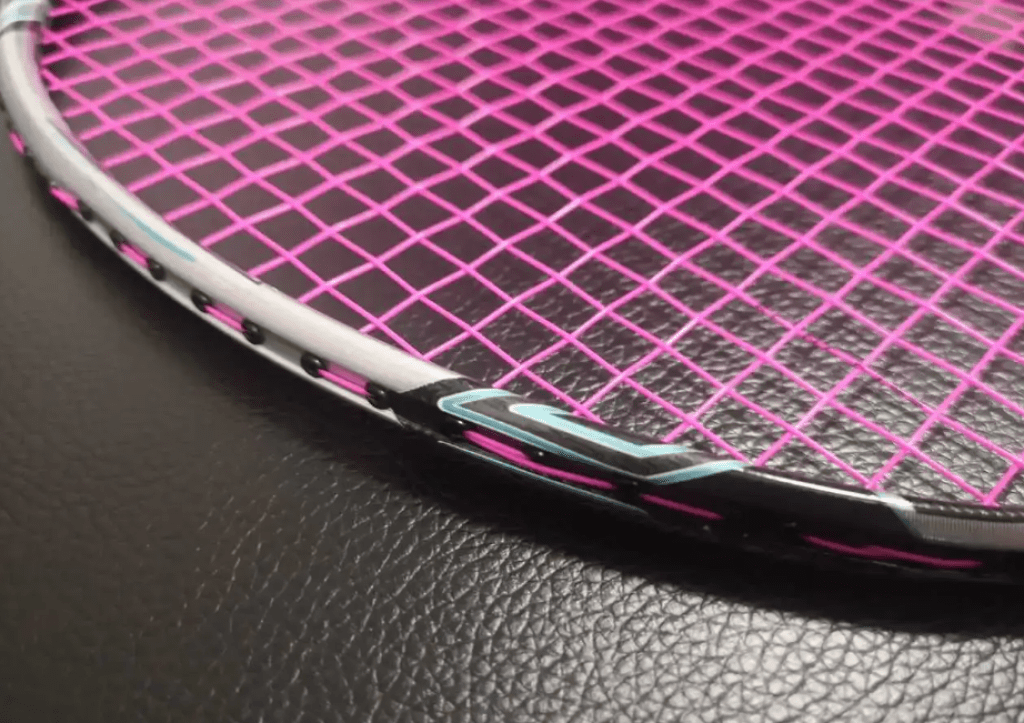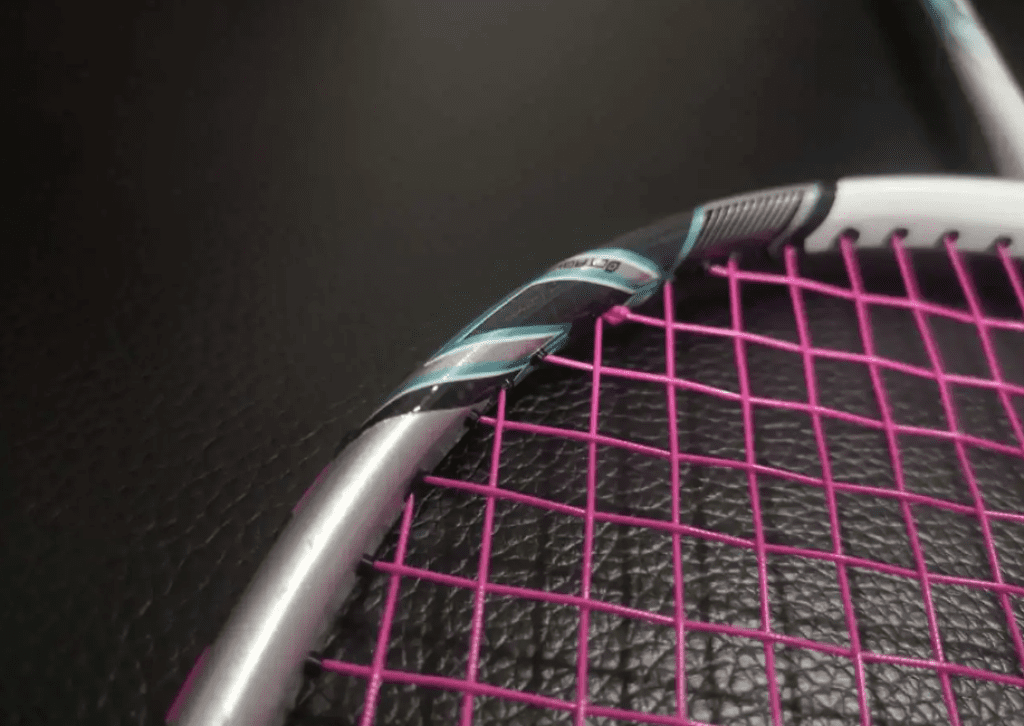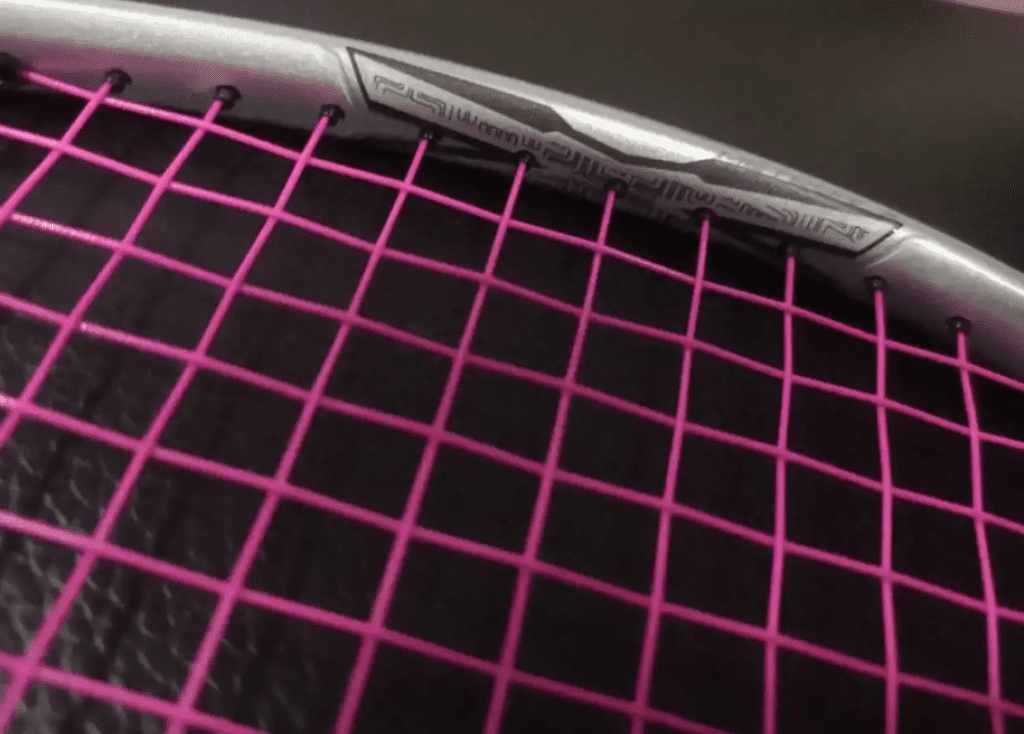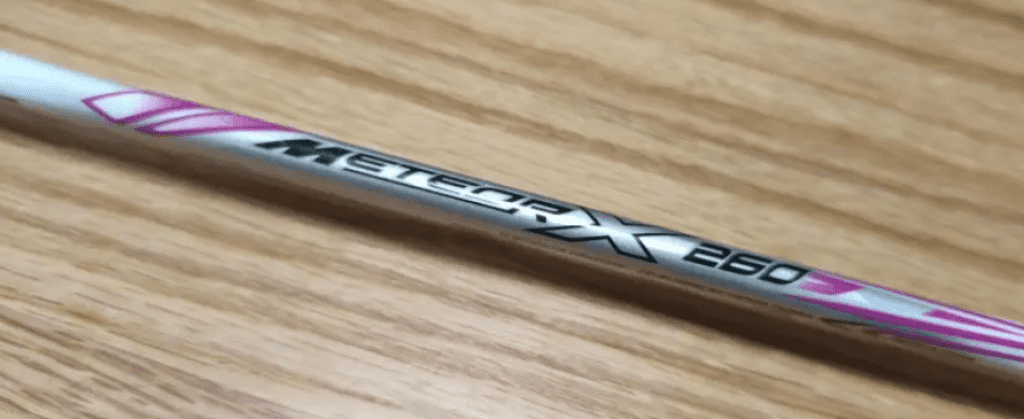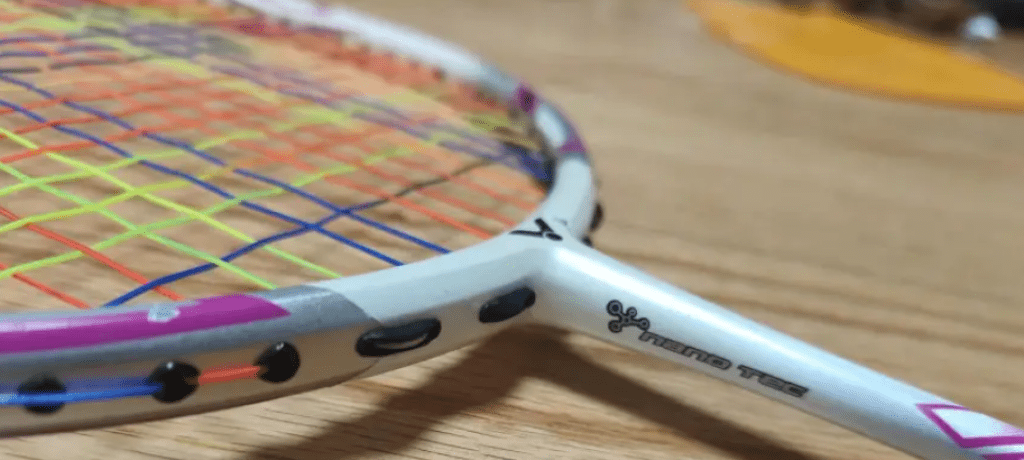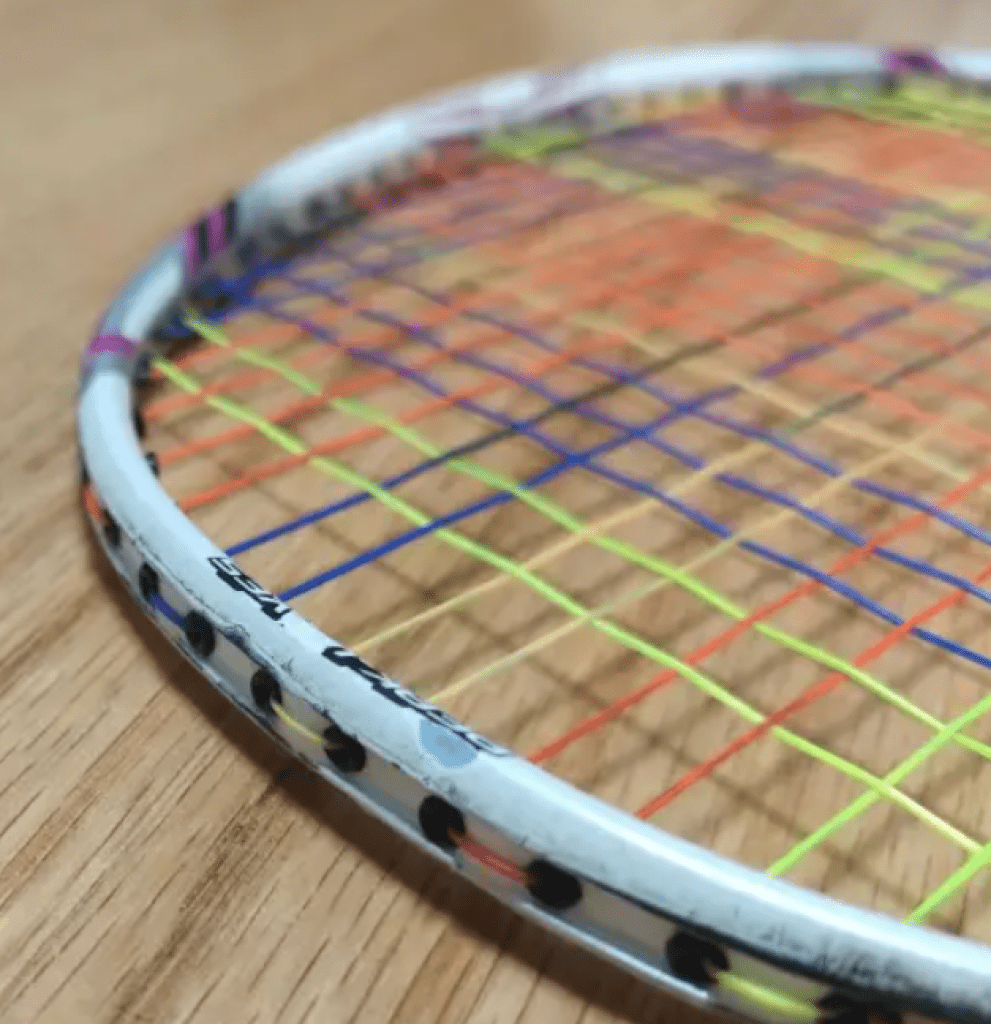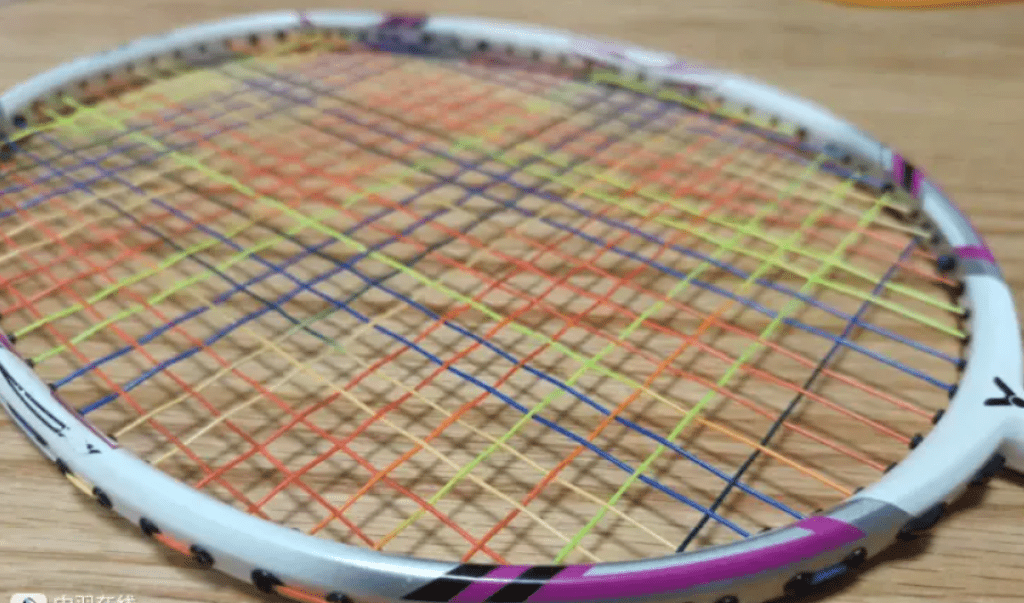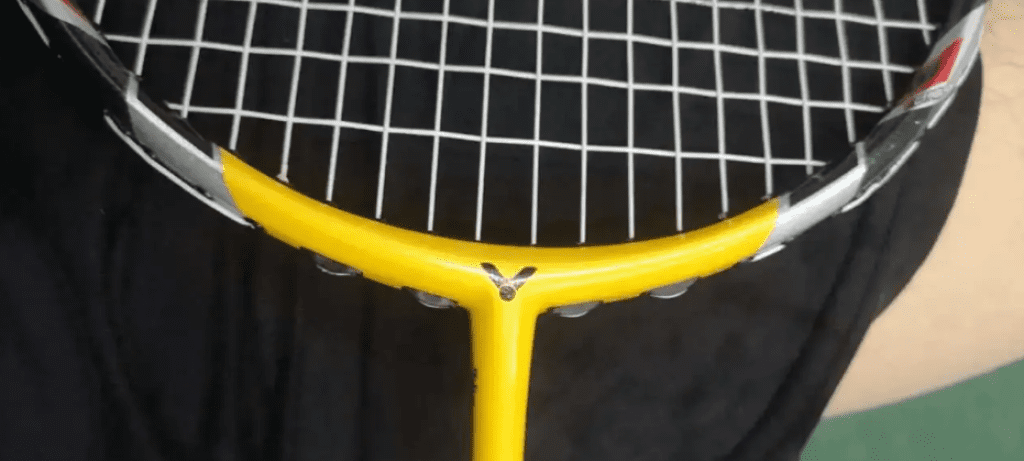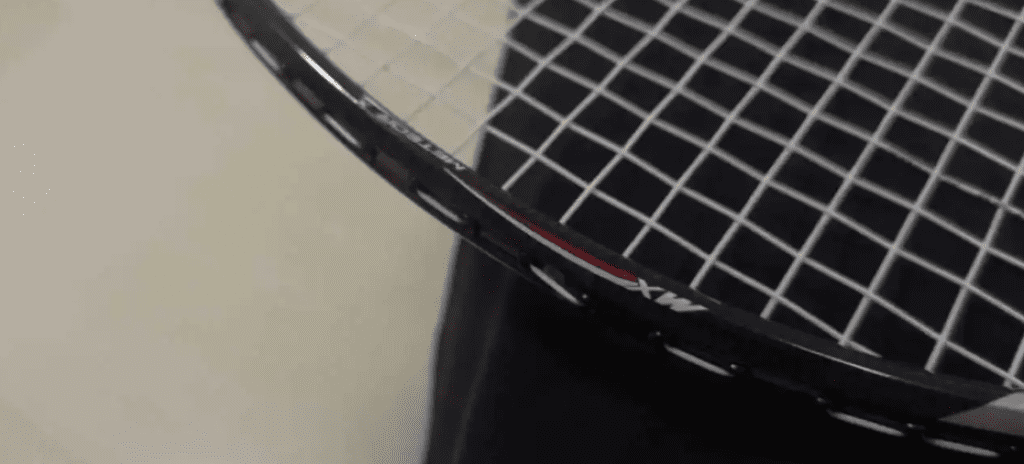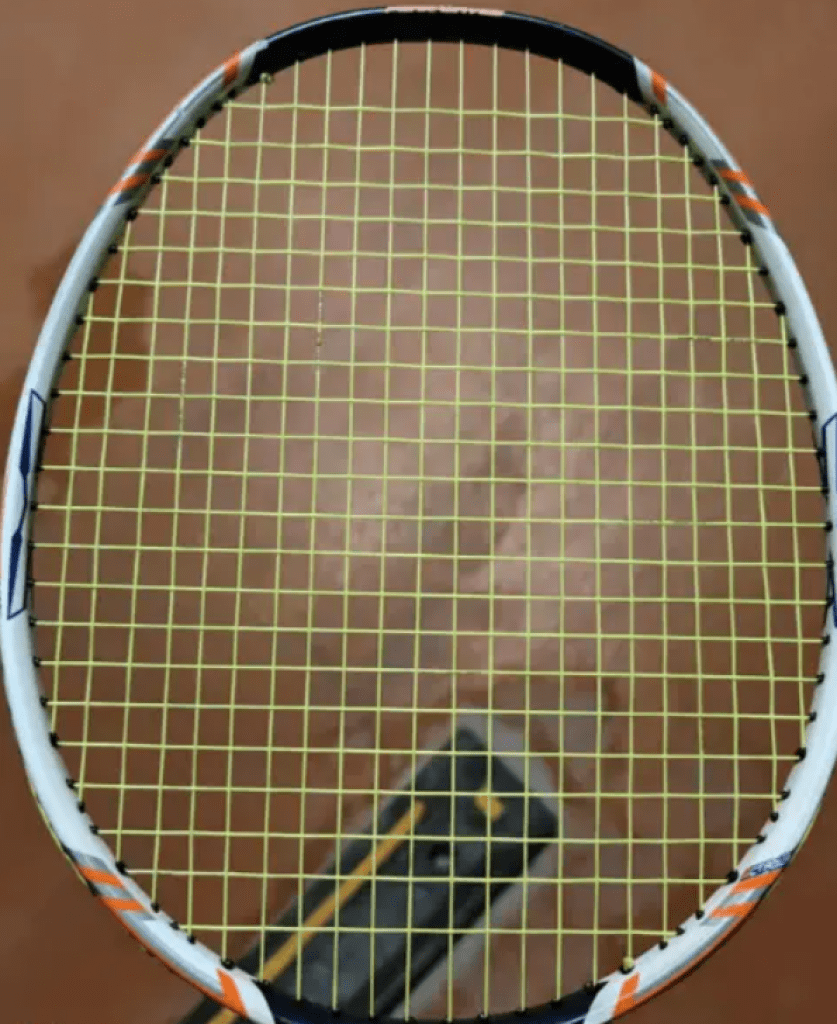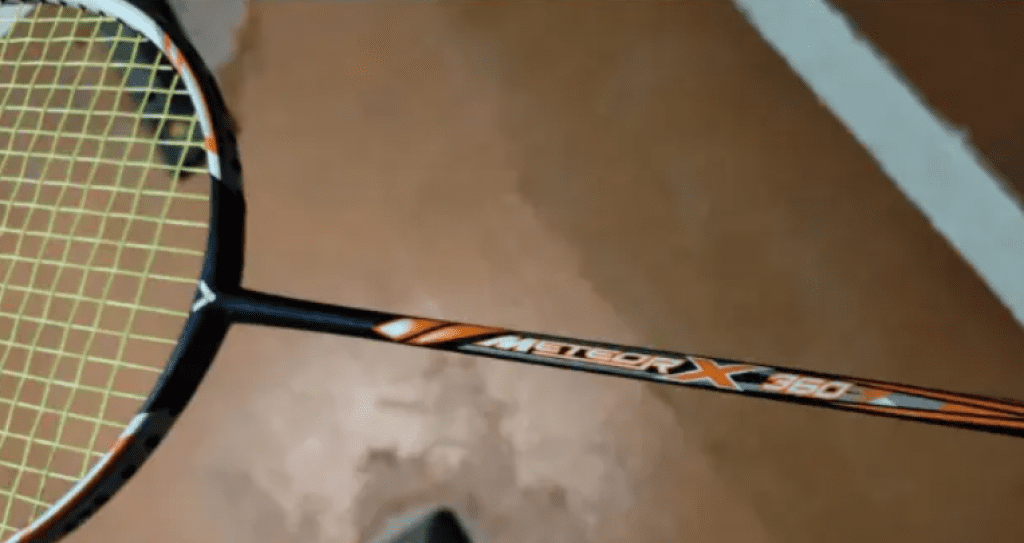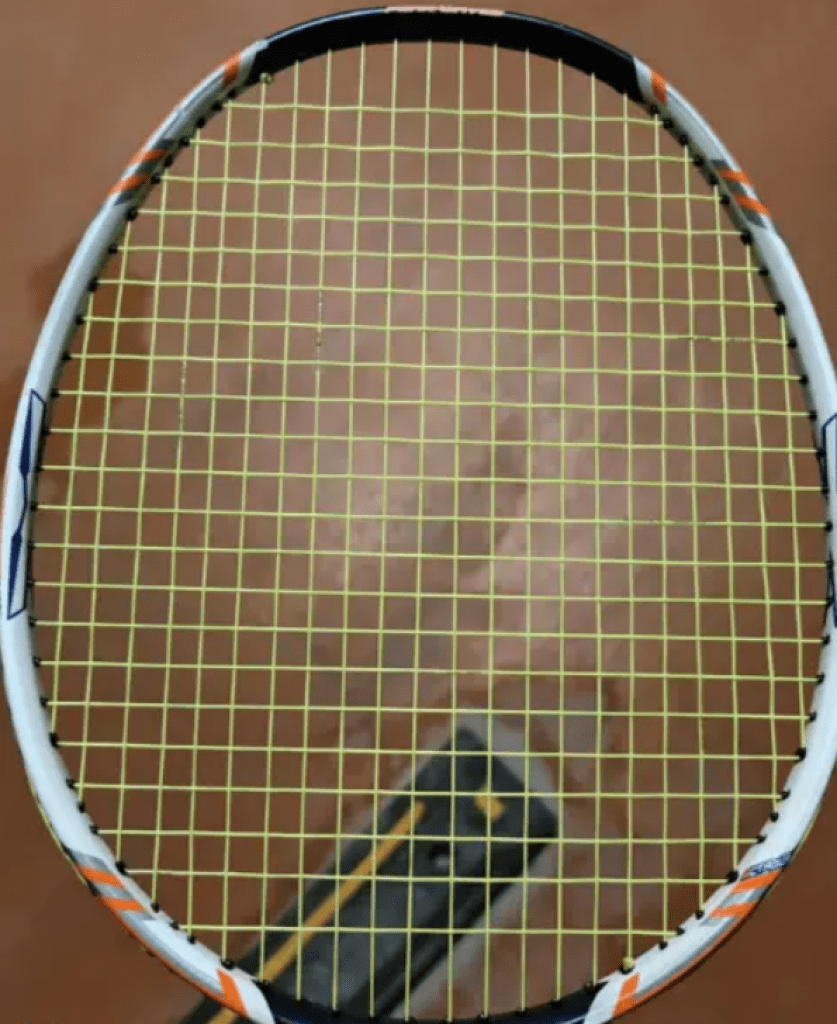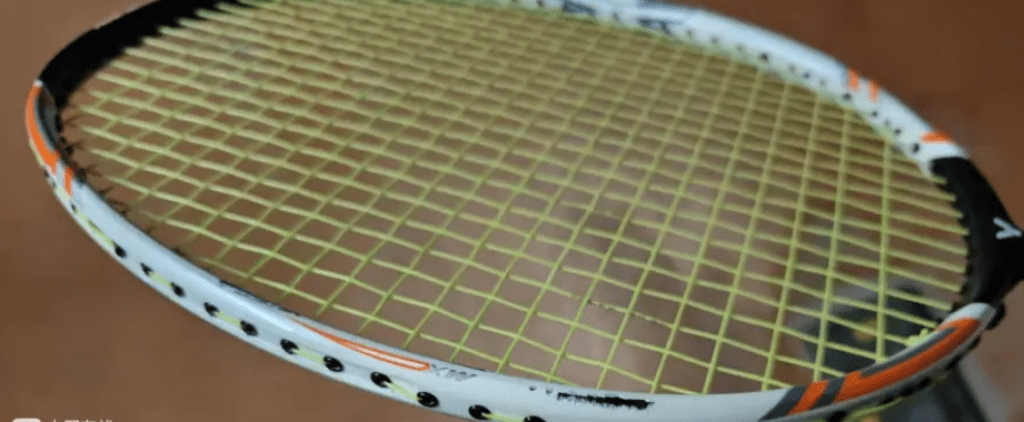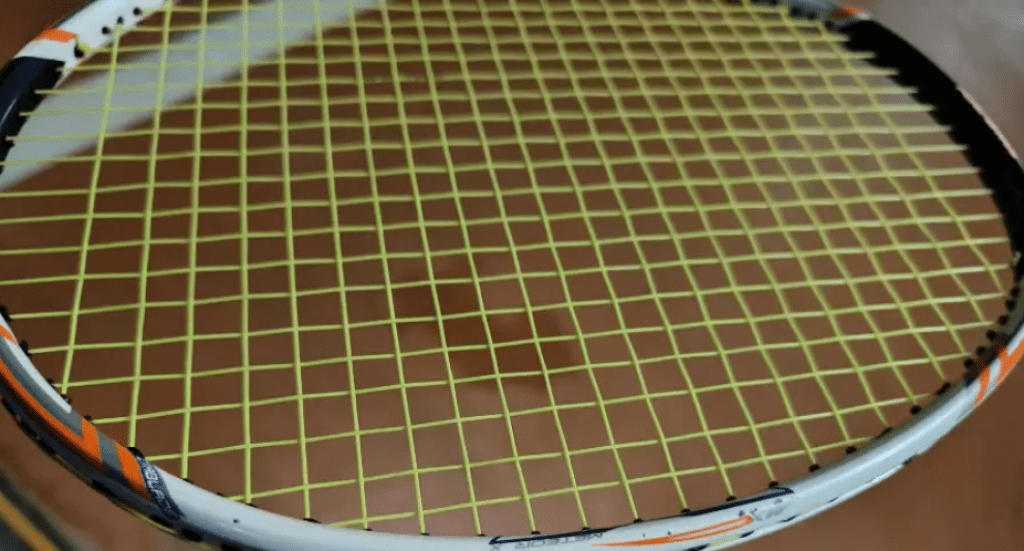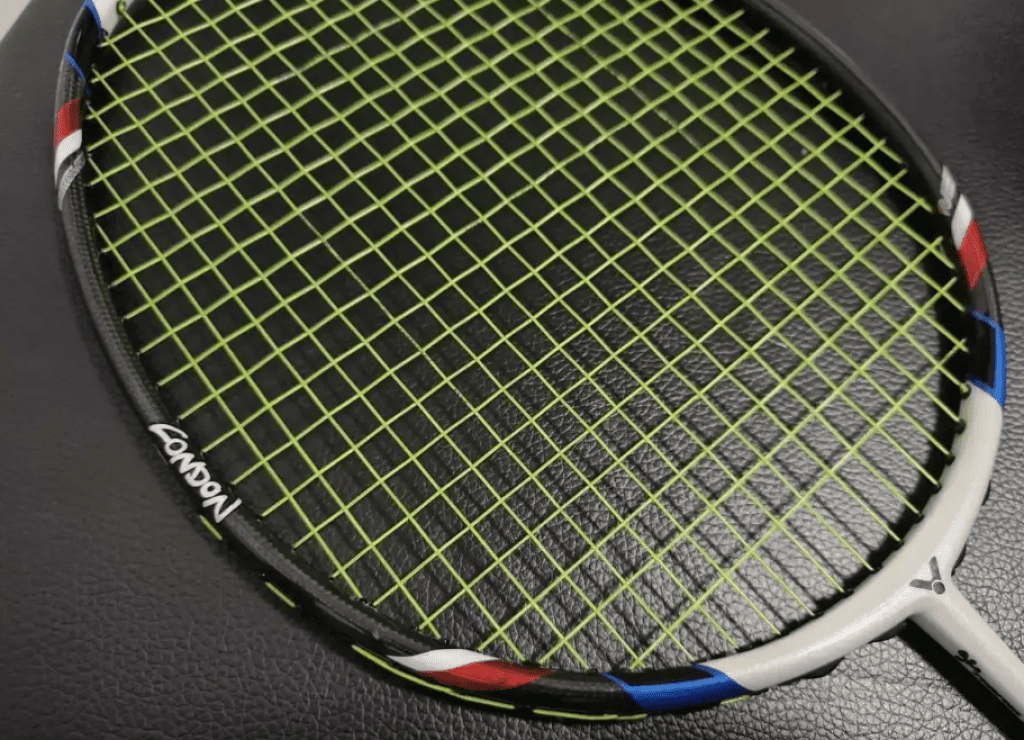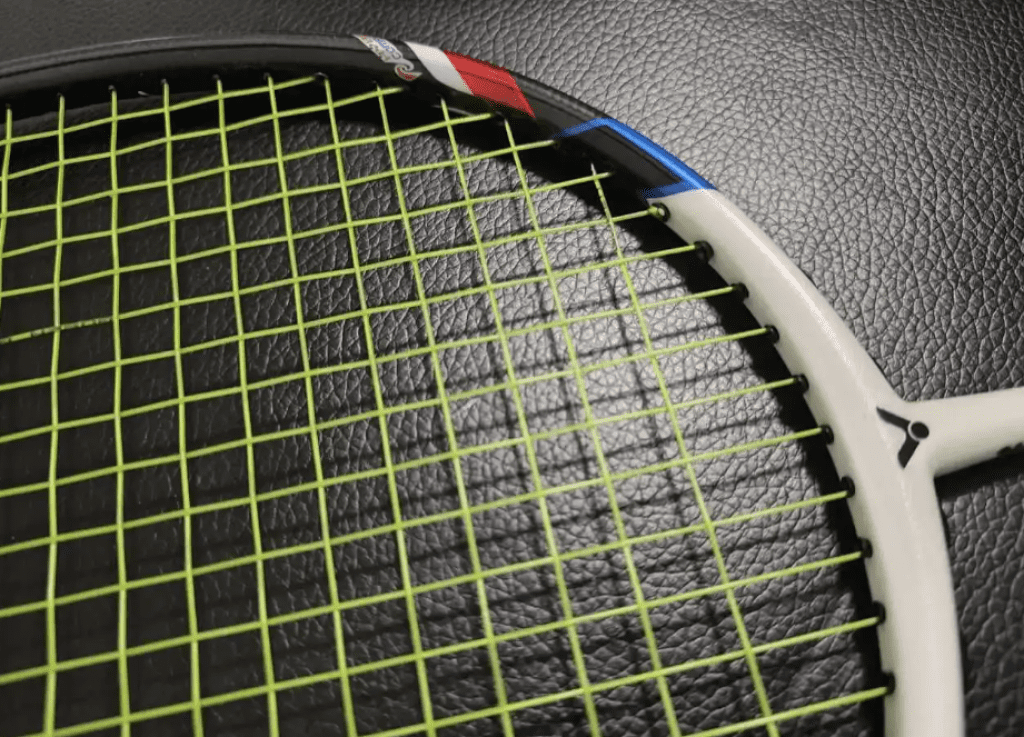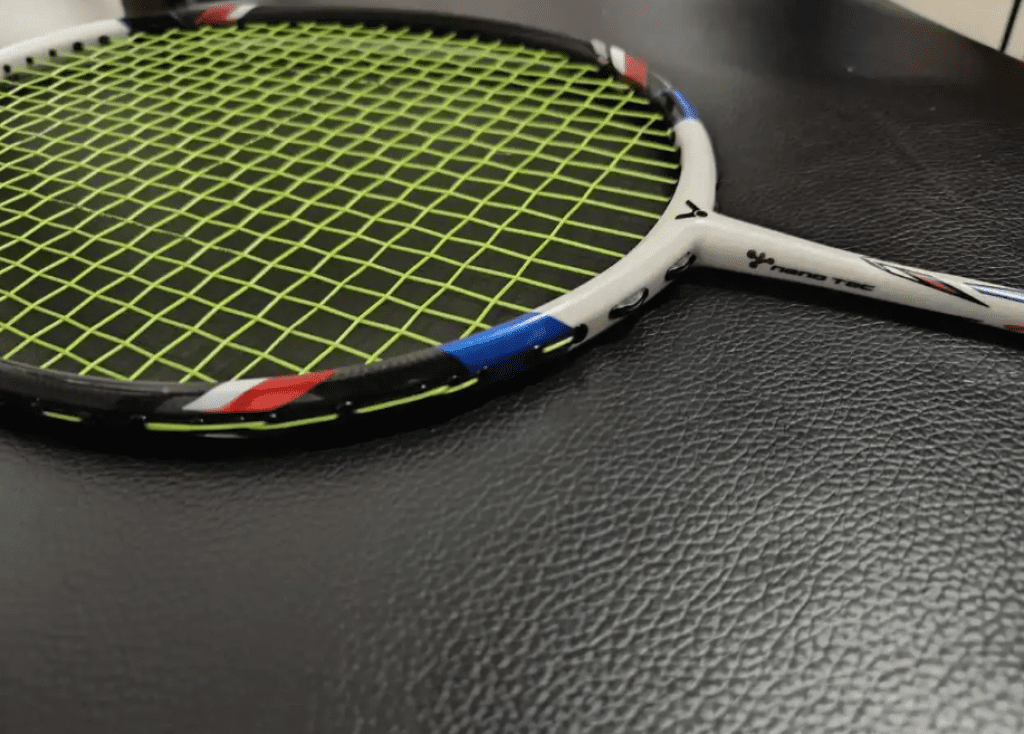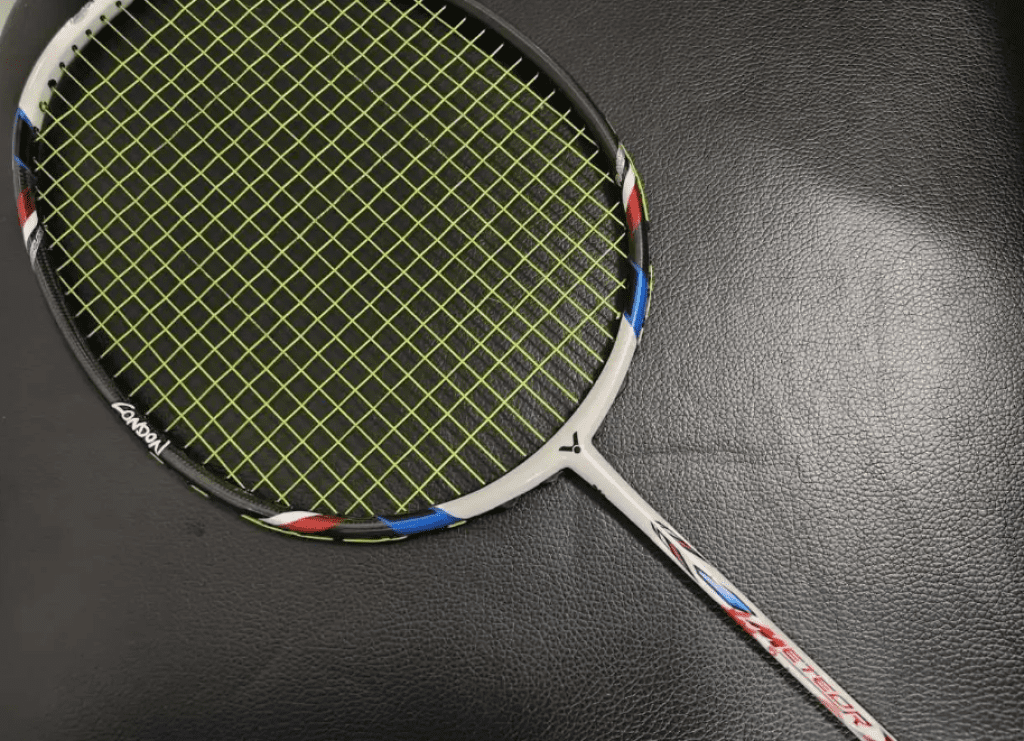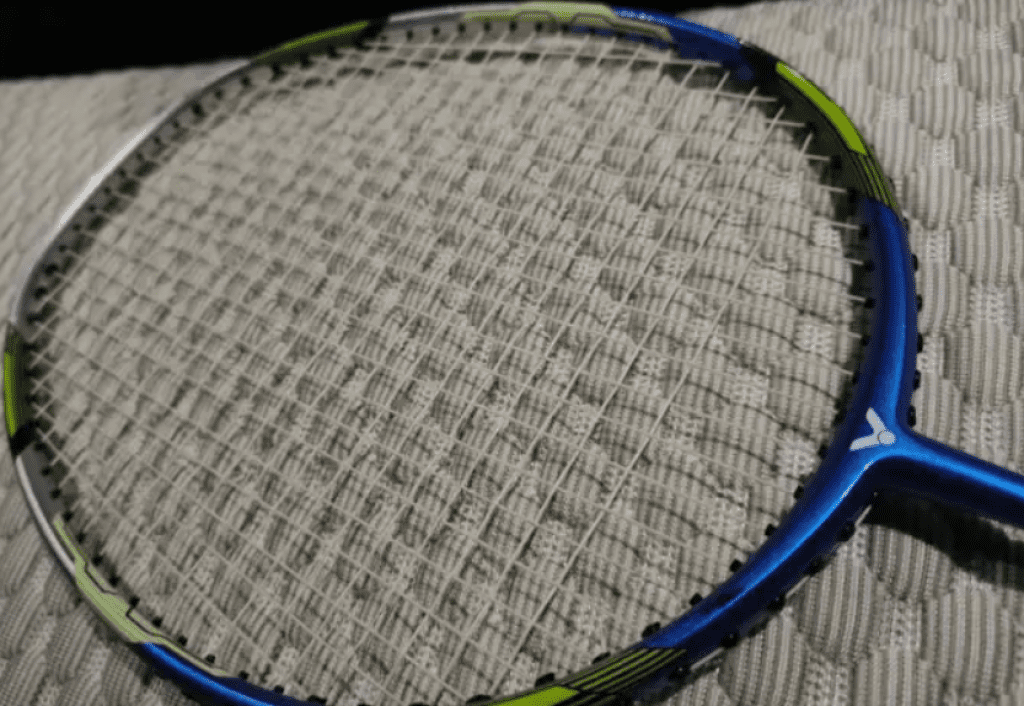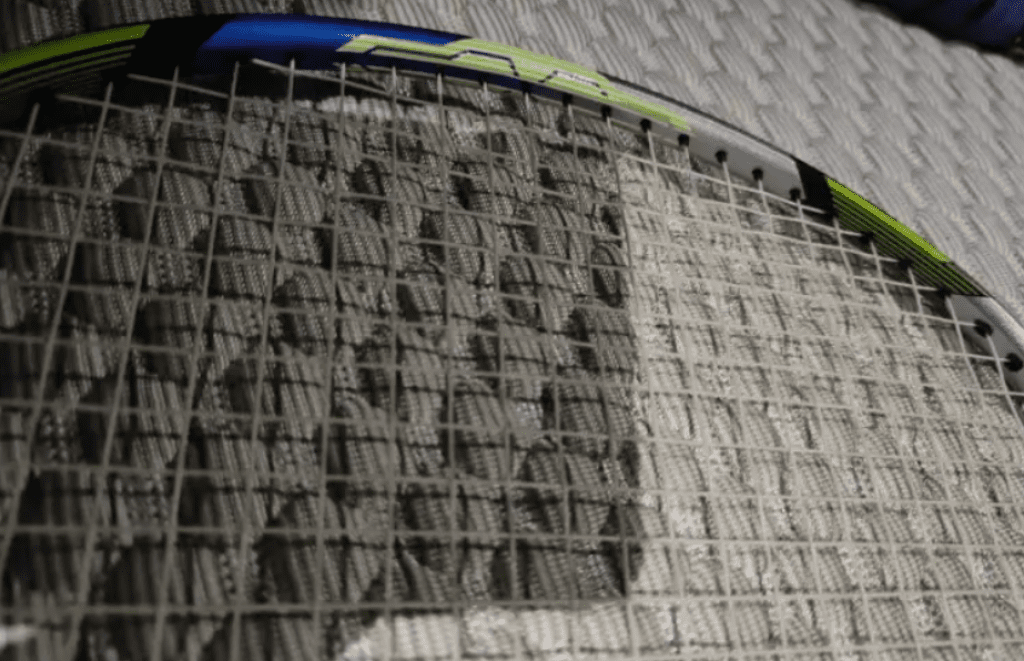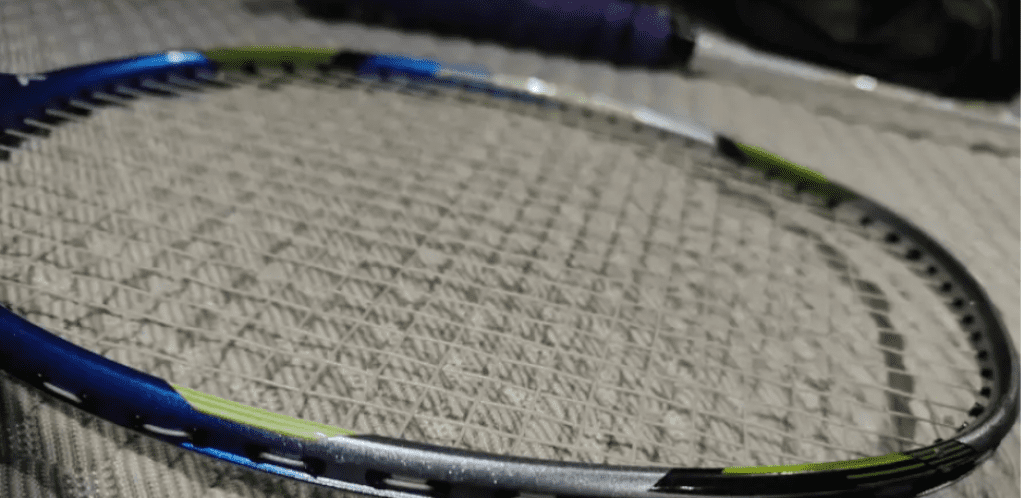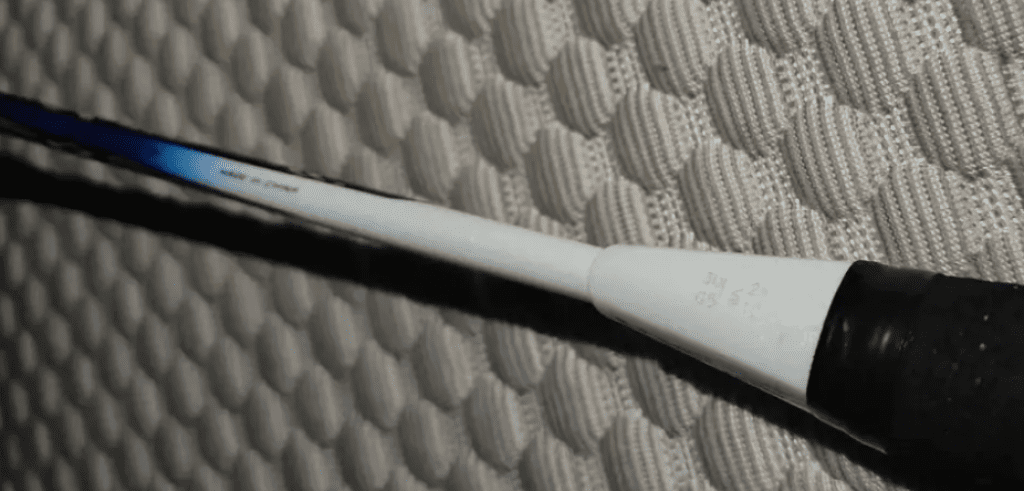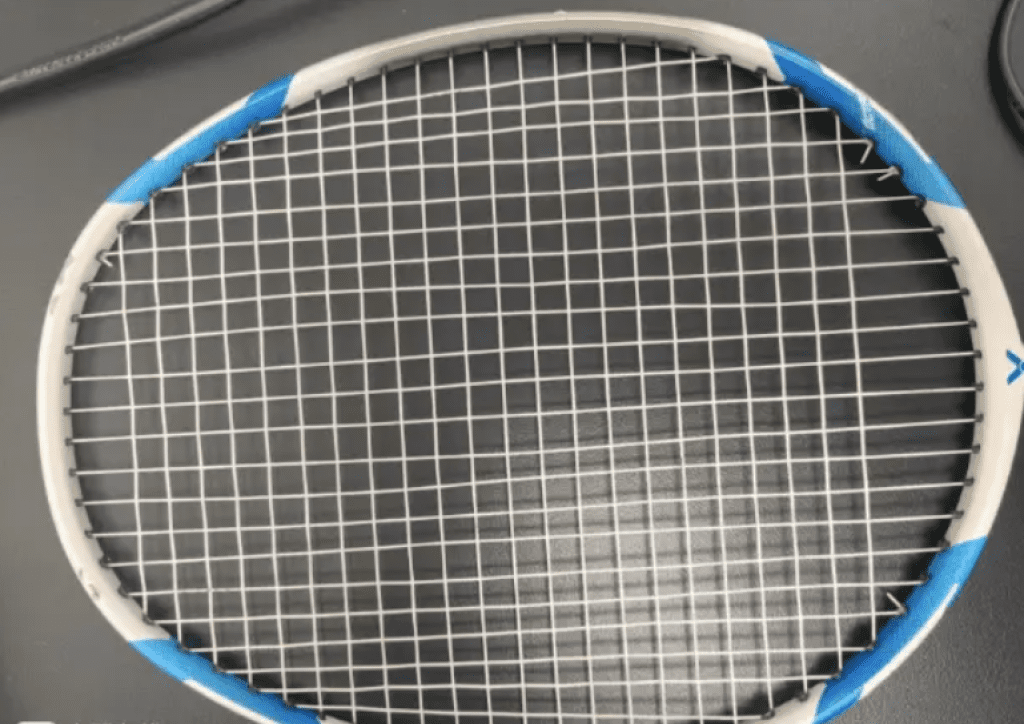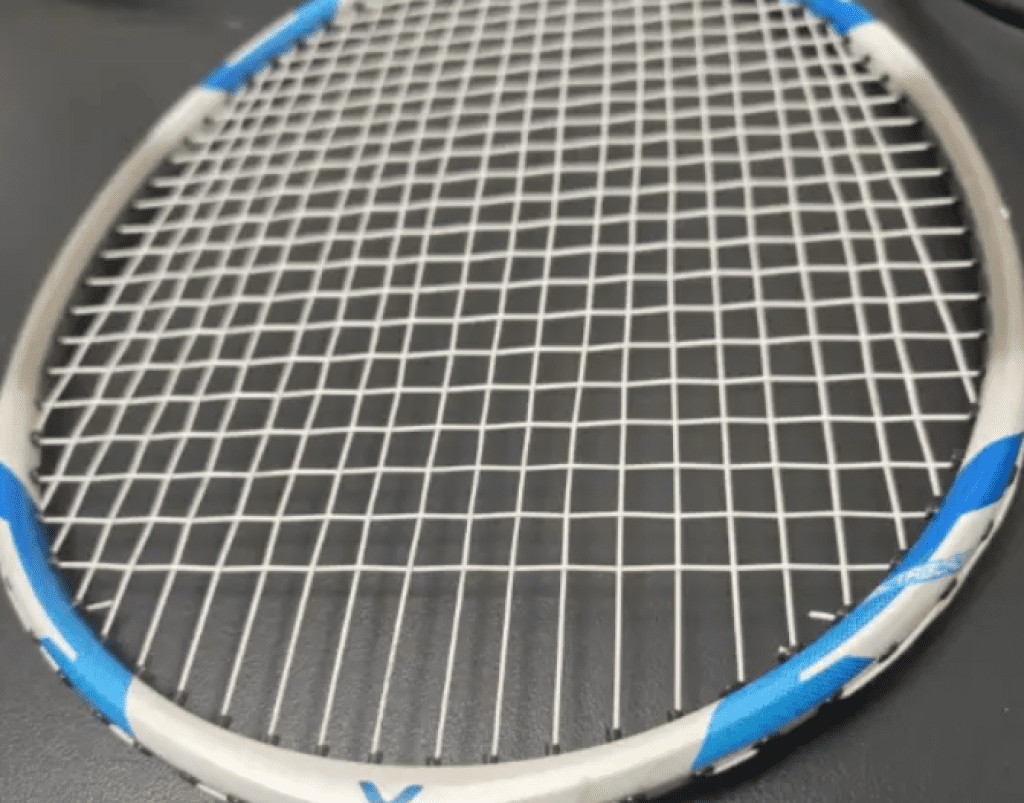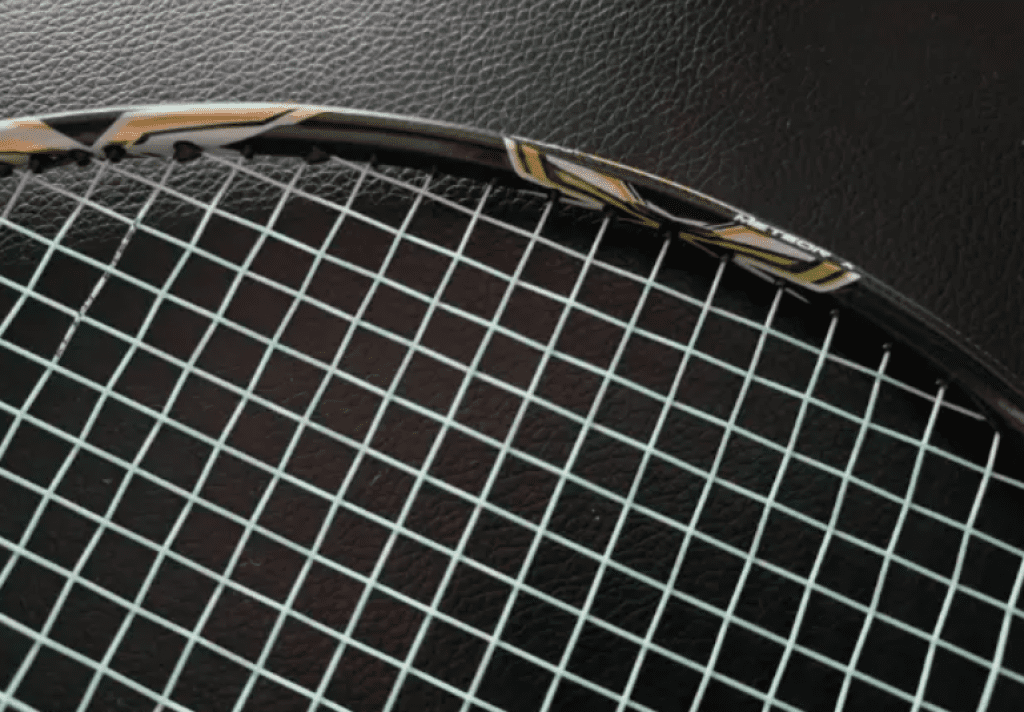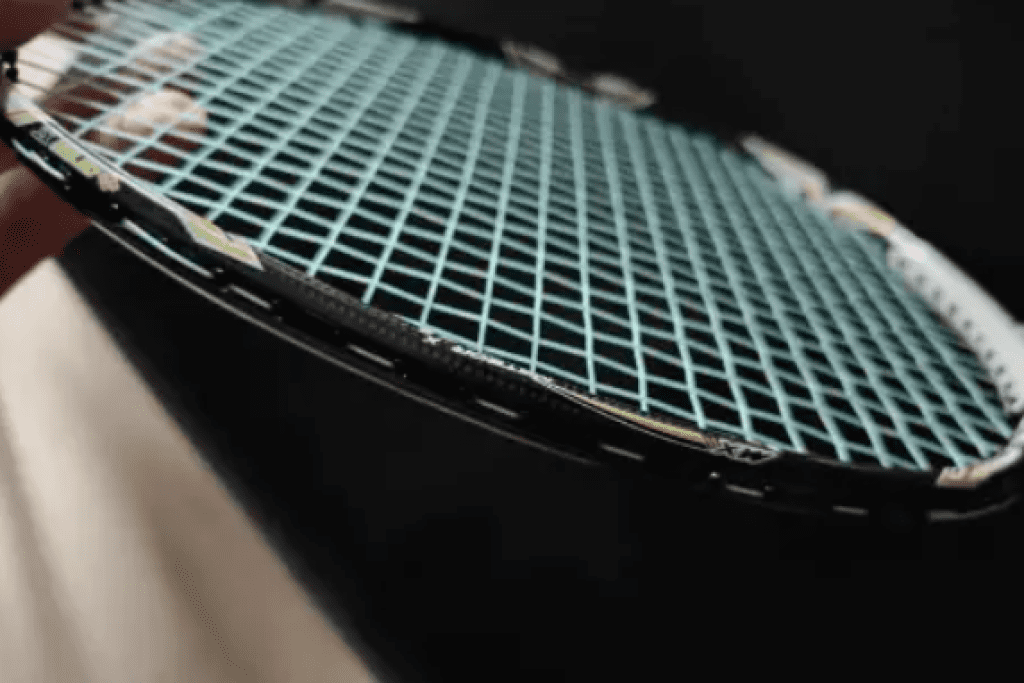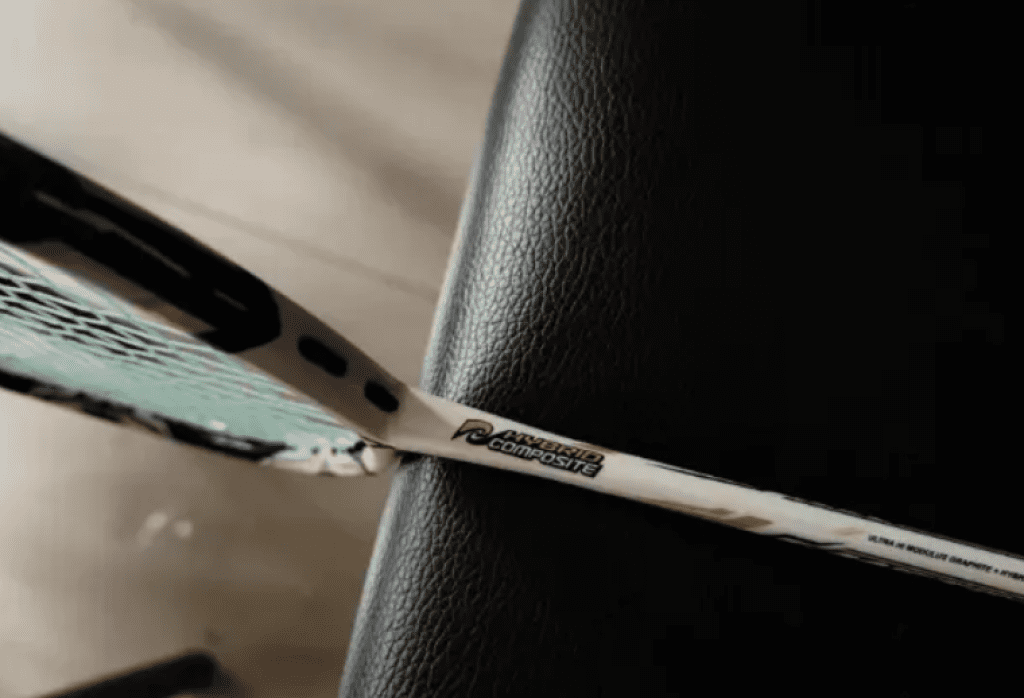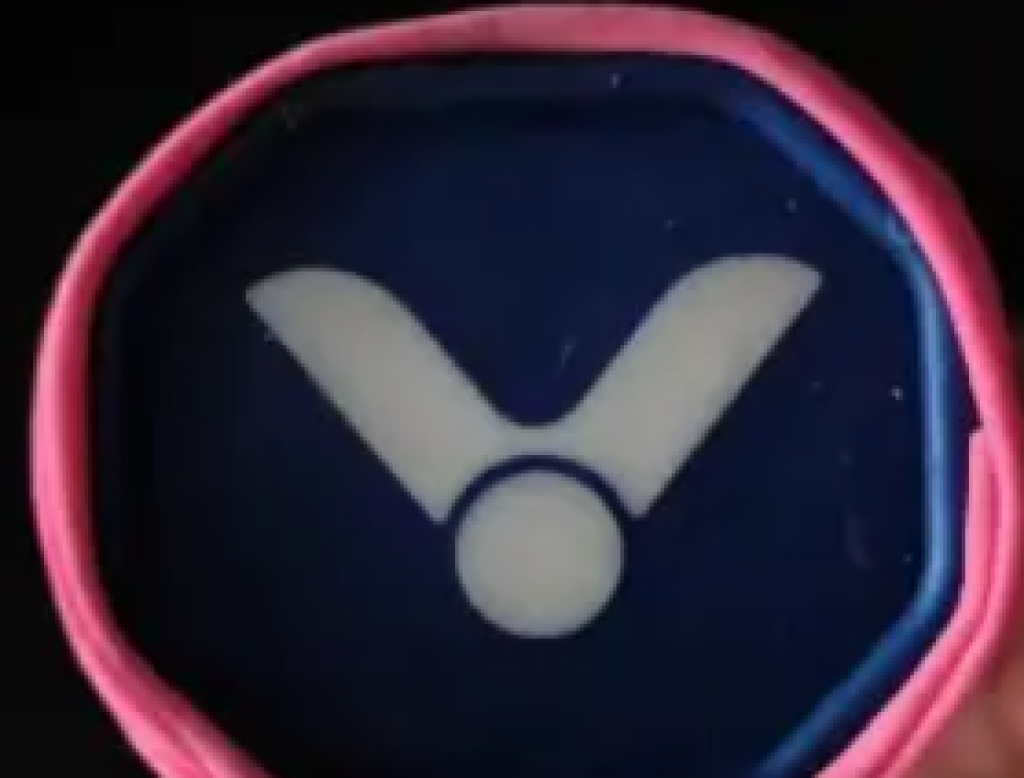In the lower-end MX series, the MX7600 and MX7000 have left a significant impression. The former, in particular, is recommended for beginners due to its user-friendly design. However, while the MX7600 might have felt a bit soft in its tuning, which affected its offensive capabilities, the MX5600, with its different stiffness settings, raises the question of whether it could be a better choice.

Parameters: 4UG5, no base, used condition total weight 92.87g, balance point 293mm, 7.2mm shaft, length 213mm, medium stiffness, eight-sided wind-breaking frame, 72-hole string bed, 9-3 o’clock groove, warranty 22-24 pounds, string tension 26-28lbs BS710.
The MX6000, being a low-end model, doesn’t have high expectations in terms of its appearance. Nevertheless, it showcases some design features reminiscent of the METEOR series, with a blue color scheme similar to the MX30L. The multi-stage color design of the frame, with black at the T-head and the head, and the gradient dark blue on the wings, creates a layered effect. The teal accents at 2, 10, 4, and 8 o’clock add a touch of contrast. The eight-sided wind-breaking frame is still prone to paint damage, and the absence of XT woven carbon means there’s no visible carbon fiber texture.
Although the MX series is often associated with 80-hole string beds, the 72-hole design is also seen in high-end models like the MX80B. The 72-hole frame results in a slightly narrower head, which might impact the sweet spot.
On first handling the MX6000, it feels surprisingly light. While previous high-end MX models were balanced and felt solid, the 4U MX6000 feels a bit flimsy in comparison. However, the medium shaft stiffness prevents the feel from being too compromised. The wind-breaking effect is still good, which raises expectations for its stability.
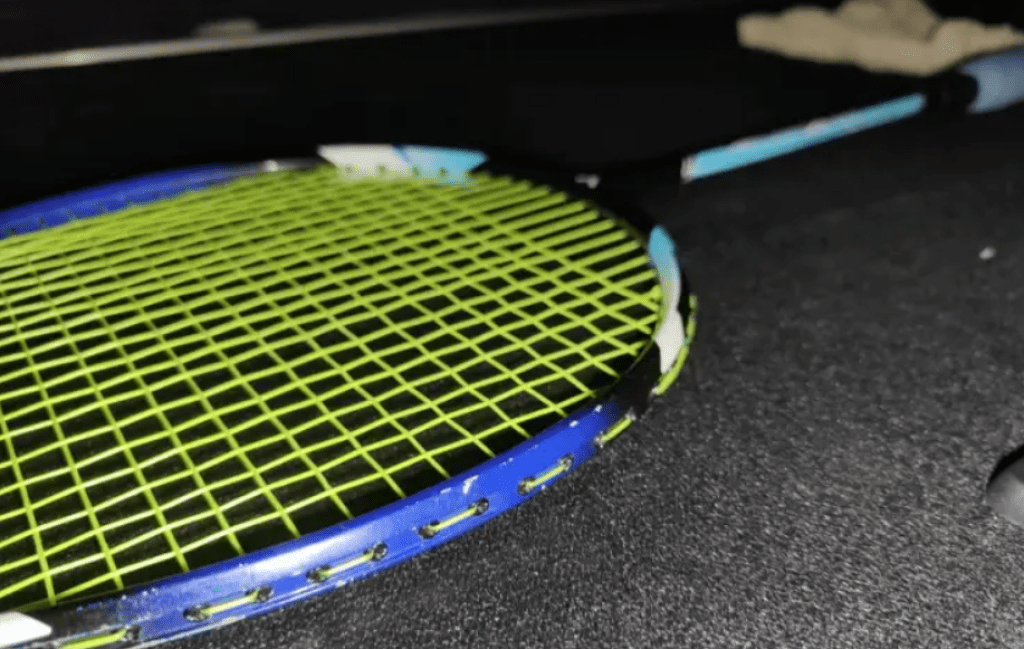
During play, the MX6000 offers good power generation with its high swing speed. However, its borrowing ability isn’t exceptional, which might make it less suitable for players accustomed to heavy swings. The head is slightly lighter, and with a medium shaft stiffness, the racket relies more on active force. The sweet spot is reasonably well-distributed, although not as large as in 80-hole designs. After adjustment, the racket can still deliver adequate power.
In terms of quick exchanges, the MX6000 performs well, with fast and smooth transitions. However, the response speed of the 72-hole string bed is not as quick as that of 80-hole designs, leading to a somewhat hesitant feel.
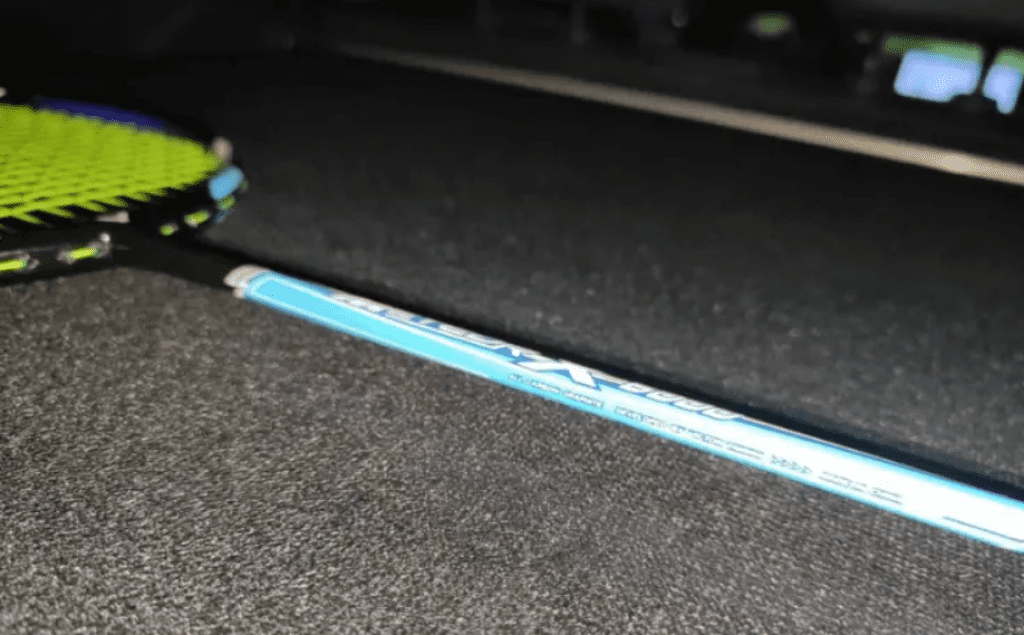
This hesitation can be beneficial when dealing with passive shots, providing more space for adjustment. Although the direct impact might be less intense, the feeling of the shot is not overly compromised. Due to material limitations, the MX6000’s offensive potential is capped, but it’s still sufficient for the current user. The medium shaft stiffness allows for effective power transfer during heavy smashes, making it reliable for back-court play.
The difference in frame stability is significant. Initially, I thought the stability of the eight-sided frame was purely structural, but without XT carbon fabric, the MX6000’s lightness can’t control shot direction as well, reducing its threat in sharp placements and making delicate shot handling less steady. For net shots and high-ball play, it’s manageable, but the racket may falter when attempting a high lift from the back-court.
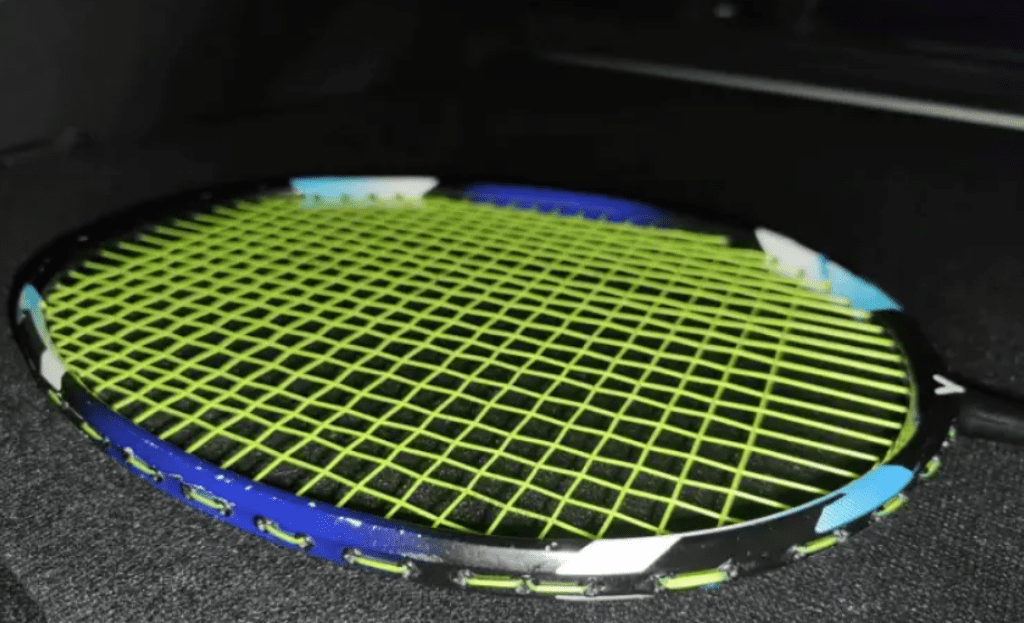
Overall, considering the purchase price, I am quite satisfied with this experience. While it might not reach the recommendation level, it deserves a positive review. The new price might be slightly higher due to the eight-sided wind-breaking frame craftsmanship, perhaps around $300?



